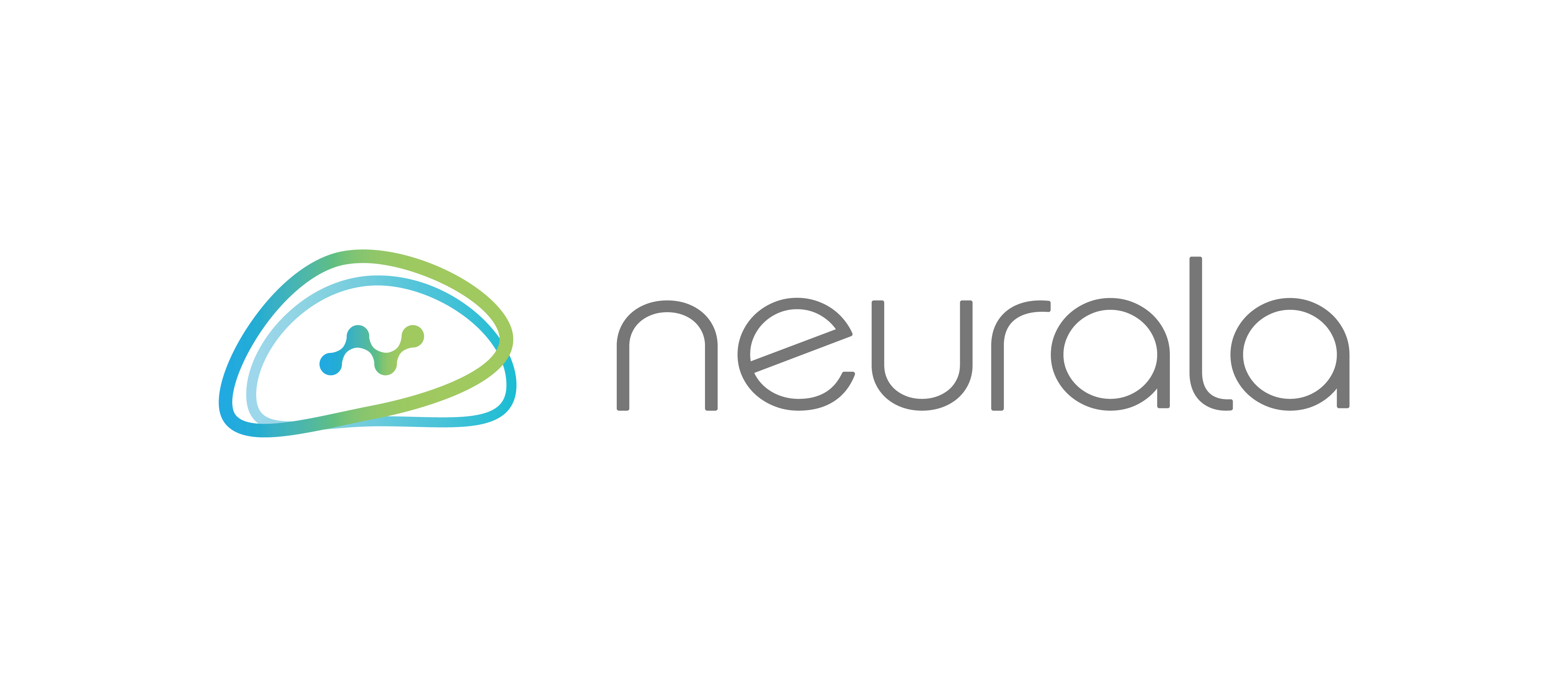Why Manufacturers Need AI Now More Than Ever
First it was disinfecting products, then it was toilet paper, then came the flour shortage. Now it is lumber, and microchips for cars…..and on it goes. The point is that there are many shortages and supply chain issues nearly 18 months after the pandemic caused massive shutdowns and disruptions. For manufacturers, these disruptions created tremendous challenges to be as flexible as possible while still producing quality products. But incredible opportunities for technology adoption were also created.
It has been 10 years since Industry 4.0 was first introduced as a concept by a German consortium to enhance the country’s competitiveness in the manufacturing industry. The fourth industrial revolution was defined as the automation of traditional manufacturing and industrial practices, and was intended to take manufacturing processes to a new level. But the barriers proved to be daunting, and what was touted as a revolution, turned into more of a slow evolution.
During this same period, AI as a useful and applicable technology gained tremendous traction, infiltrating nearly every industry – healthcare, data security, ecommerce, manufacturing – to name a few. Artificial Intelligence is turning out to be a game changer for production and manufacturing, allowing smart automation on the factory floor that is faster and cheaper than ever before. And many industry analysts have identified quality inspection tasks as low hanging fruit for AI.
Quality inspection is often performed by workers on the line, and even before the pandemic, manufacturers were experiencing serious labor shortages and inconsistent quality assessments by human workers. For manufacturers using machine vision solutions, they had to deal with its limitations – adjusting for part variability or handling surface inspections – not to mention the cost and time to reprogram for fluctuations in product demands. Vision AI addresses all of these concerns, providing consistent, accurate and flexible inspections, and allowing manufacturers to achieve a 100% inspection rate.
Experts have estimated that the cost of poor quality (or COPQ) can be up to 30 percent of gross sales for manufacturing and service companies, costing them millions of dollars each year, so there is ample motivation to improve quality inspection and prevent product defects early in the process. As manufacturers embrace automation and adopt AI as never before, Neurala VIA helps improve quality inspections with an easy-to-use, quick-to-implement solution, at a price point that enables manufacturers to easily leverage the benefits of AI when they need it most.
There is a quote attributed to Mark Twain that is “the secret of getting ahead is to get started.” For manufacturers adopting AI, that time is now.
